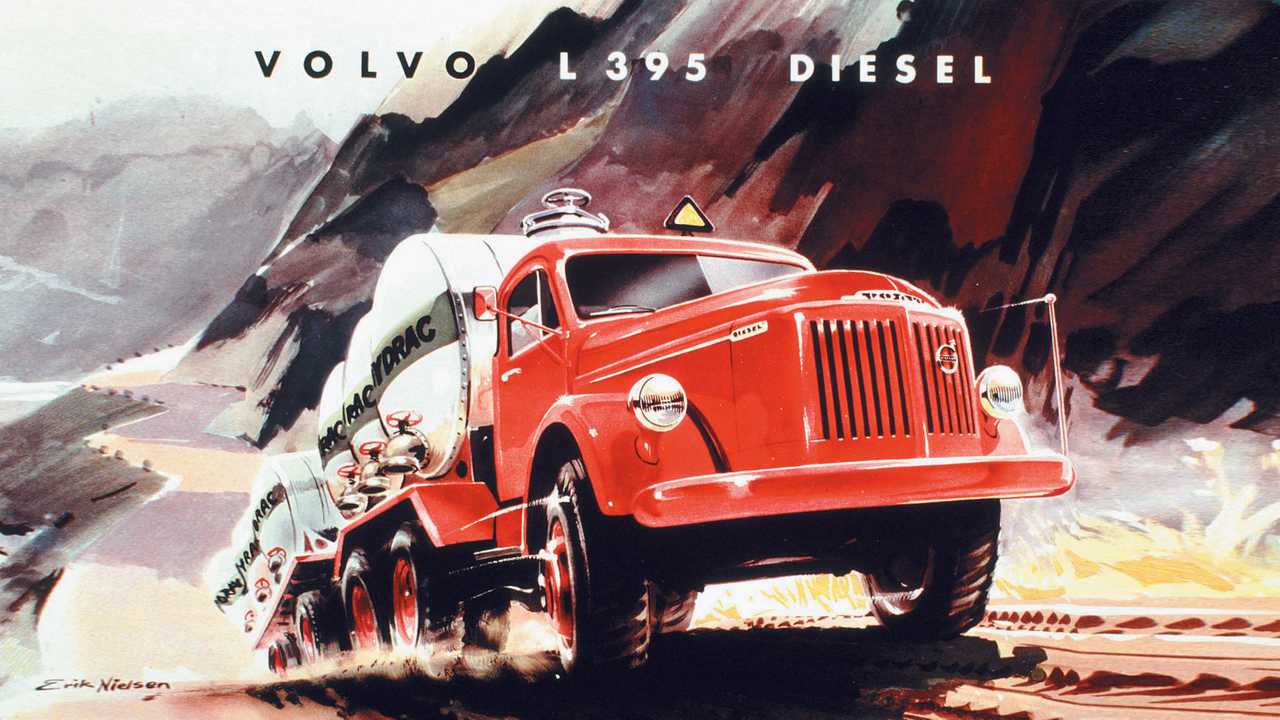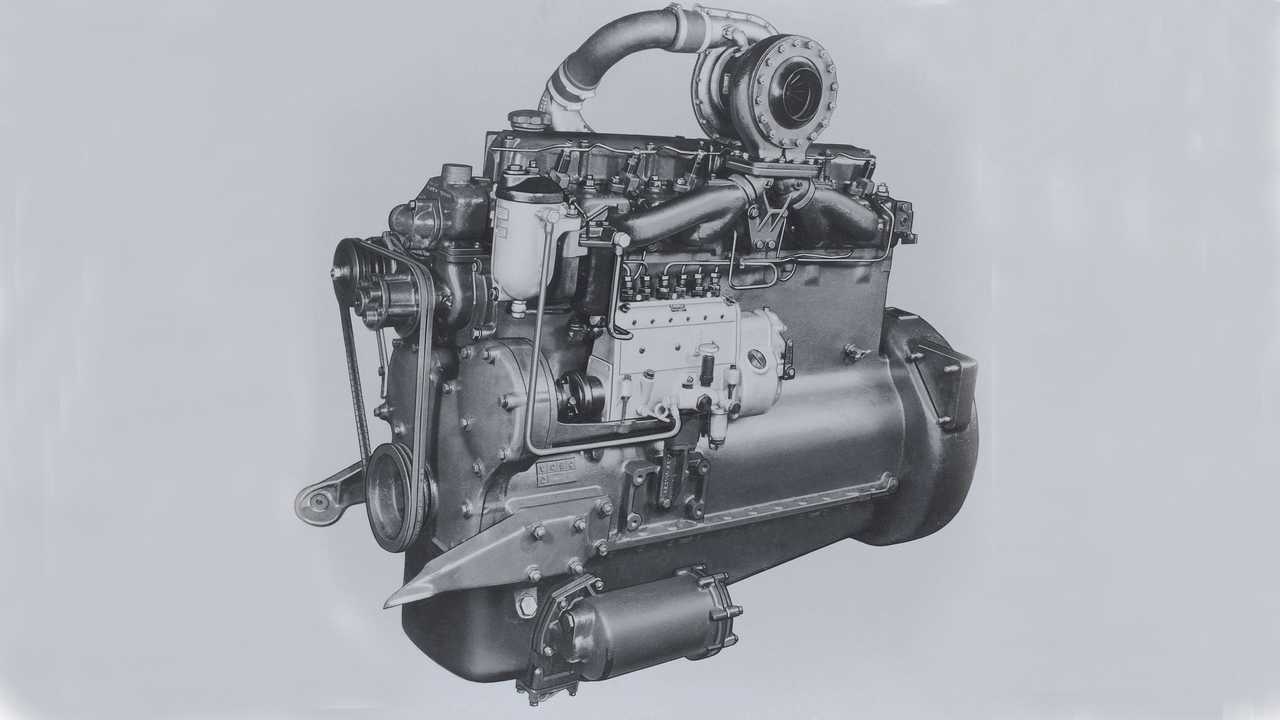
Volvo Titan, it really was the biggest
Content
The fifties began, and Volvo's flagship heavy car was the now obsolete curmudgeon of the series. LV290C2... Even though it was powered by a relatively new engine, born at the end of 47, it was very similar to the previous series introduced more than ten years earlier.
Thus, the introduction of a new model at the top of the heavy range was an inevitable necessity for the manufacturer Goterborg, especially since the hated competitor, Scania Vabis, was gaining more and more share in the Scandinavian markets with the L20 series. and L60.
The ultimate in trucks
It was late fall of 51 when the L395 was launched, followed by a massive advertising campaign. In the advertisements, but also in the statements that came from Volvo, the new car was indeed presented as non plus ultra trucksis a bit like what we would now say "the best that ever existed."
So we read something along the lines of: "The gigantic L395 is the biggest and most powerful Volvo truck ever built" or even: "Its design reflects the model's main characteristics: power and functionality", ending with the words "who drives should have a sense of strength and stability.”
A name from the popular imagination
The birth of L395 also coincided with image renewal Homes of Gothenburg: The Board of Directors decided that every truck, in addition to the initials, it should also have name this made him immediately recognizable to the public. And the first model under consideration was the L'395, for which an open competition was announced. Name Titaniumtherefore, it was chosen not on the basis of marketing research (as it would be today), but on the basis of popular imagination.

In any case, baptize car, over what with abbreviation, with the name, marked the beginning of a trend that at Volvo will continue for several years and will affect several models: Viking, Braga, Ruske, Stark, Snabba. And the names will not only appear on trucks, but will also enrich a large series of items, poster, clothing, not to mention handouts.
Aluminum engine - the result of aviation experience
The L395 was originally based on previous episode, LV290C, with the same chassis and the same cambio american spider (later replaced by the K3 gearbox designed and manufactured by Volvo). It had a new direct injection engine, partly based on it. VDB pre-camerainstalled on LV 290, but more powerful, 150 instead of 135 hp.

With a total engine volume of 9,6 liters, the power unit was built into Aluminium alloy, the result of aviation experience consociata Volvo Flygведский Flygmore... The L395 remained the flagship throughout the 88s and was a very successful truck, so much so that its basic lines, its design, in particular the nose, remained so even on the next model, NXNUMX.
The first turbo engine on a truck?
1954 was the real turning point for Titan: turbo engine... The L395 was very expensive and many potential clients could not or did not want to invest such a large amount. They needed to be lured even more.

With just 25 kg more, the engineers from Gothenburg were able to give the drivers a 35CV. Thus, Volvo has become the first, maybe the second (dispute with MAN still open) House for assembly turbo truck... Thus, starting in '54, a turbocharged version with 185 hp. was offered as an alternative to the 150 hp engine.
In 59 comes a replacement
In 1959, the L395 was replaced by a very similar model,495 which represented a natural technical development and remained in production until the end of the 65th... Both the L395 and L495 were used to transport heavy loads over long distances.

In addition to the more common option the world, many examples have been done for you in tractor equipment for semi-trailers, in developing tank and, of course, in one of the most classic livery for the Scandinavian countries, in one of the transportation of logs.

